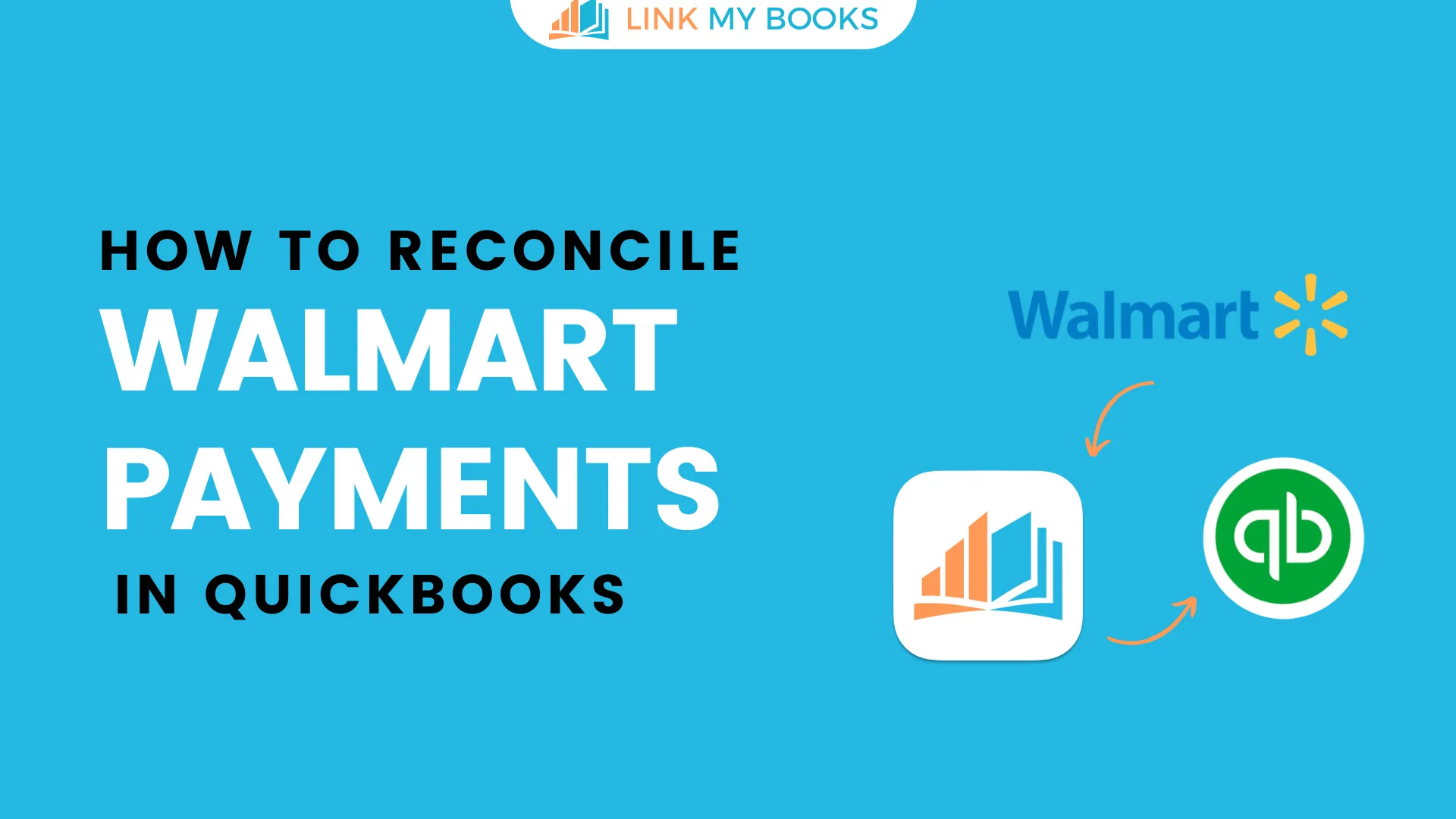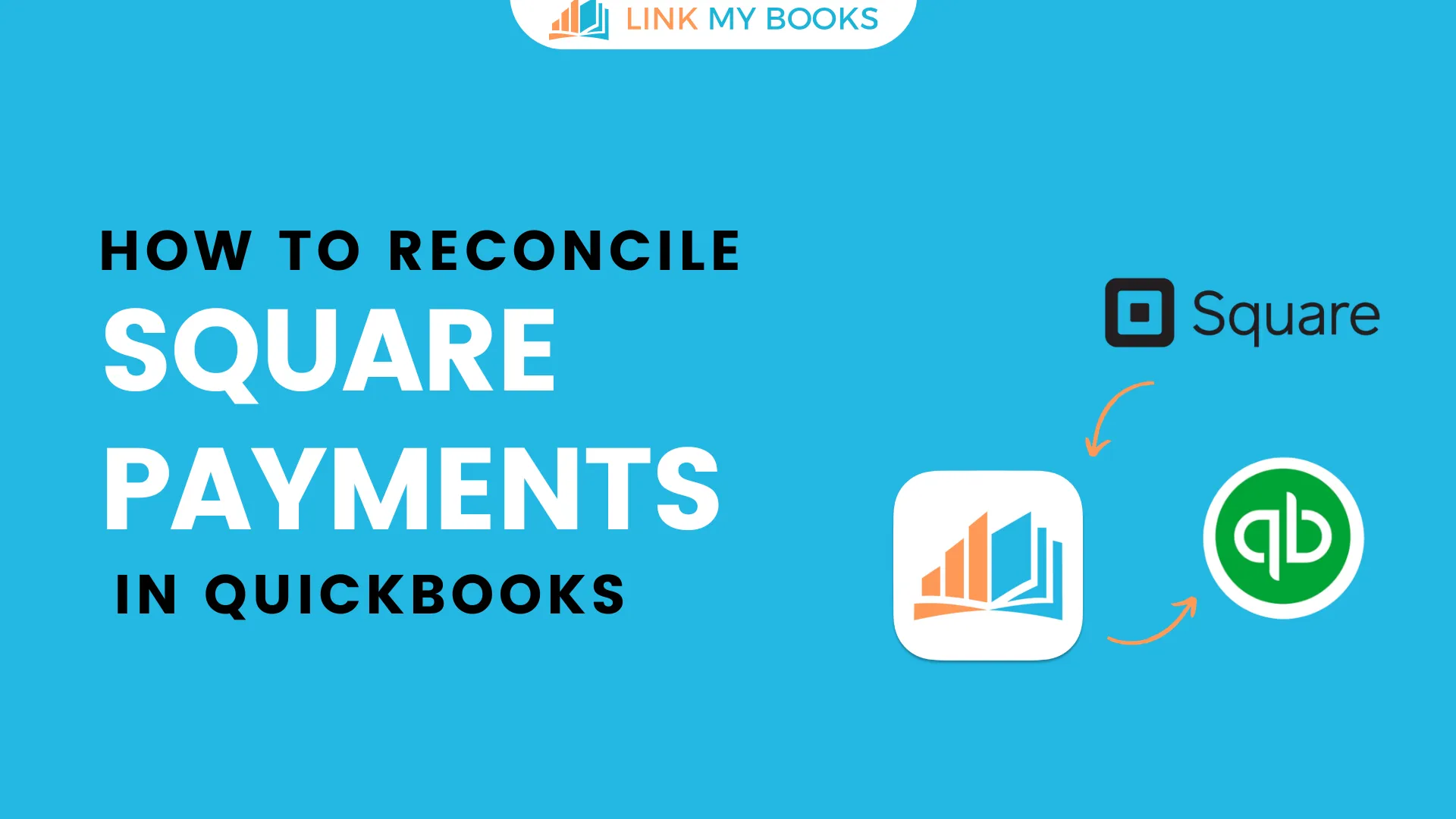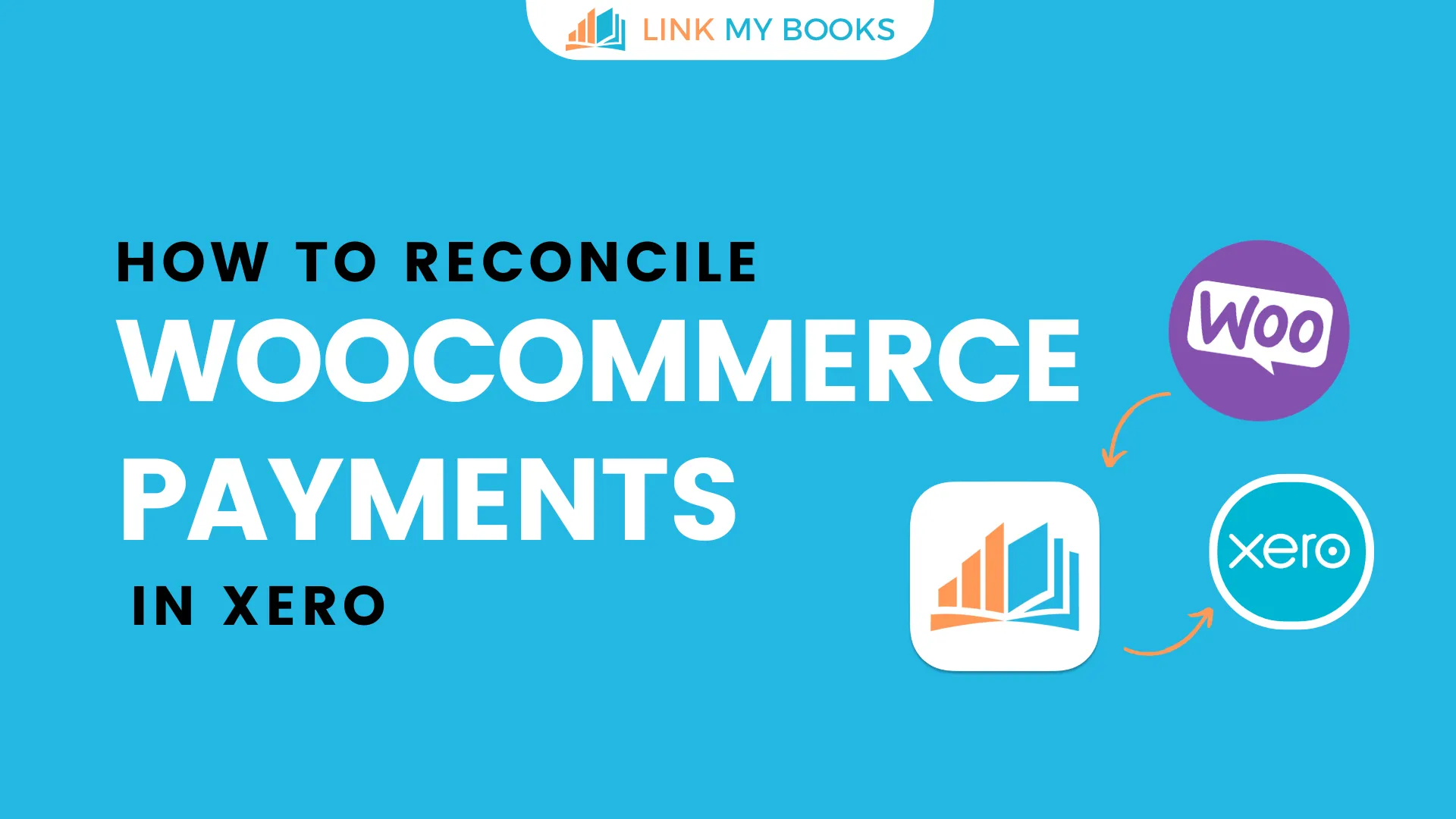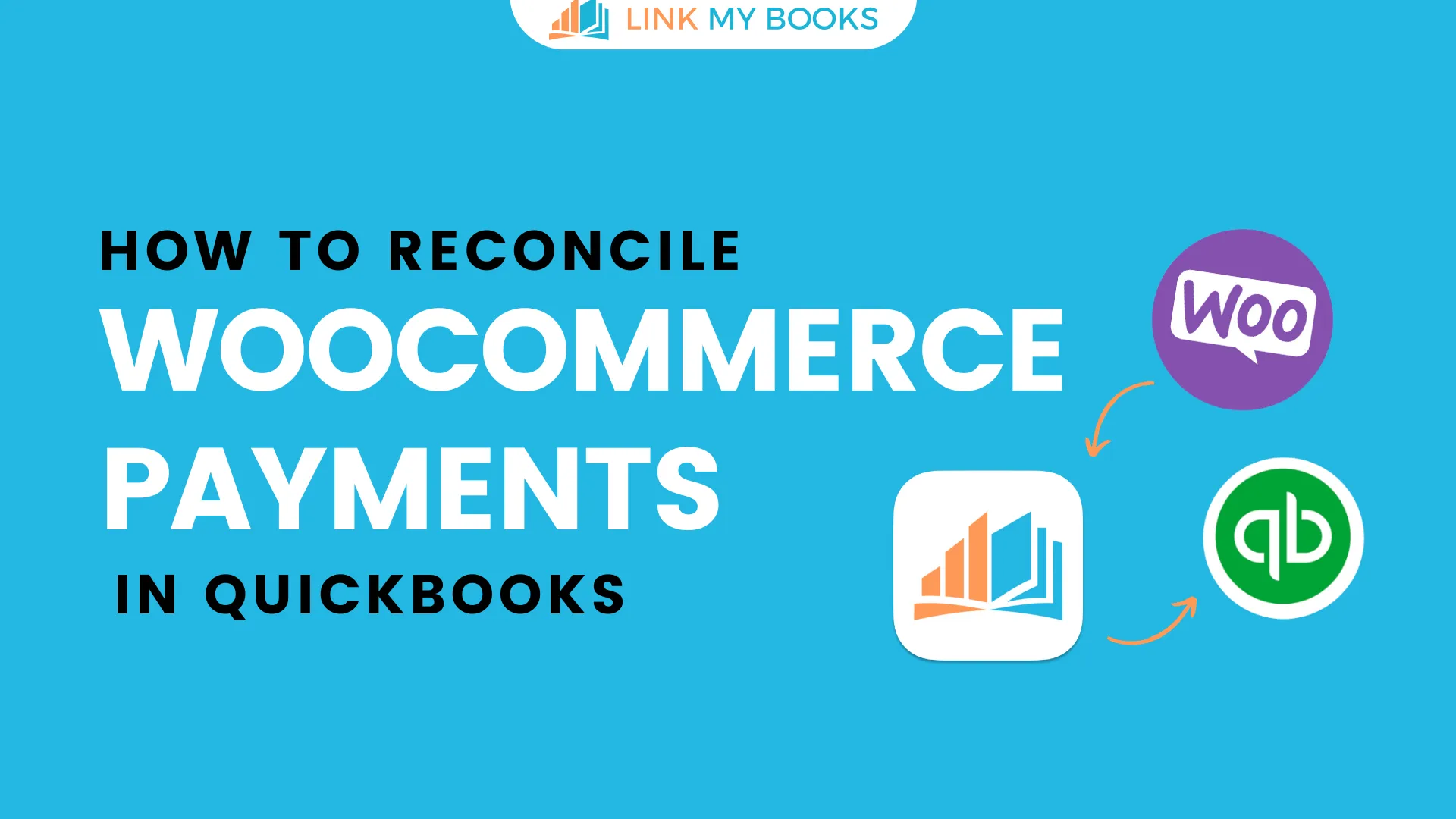Etsy offers a unique platform for digital product creators, but Etsy accounting can be complex. In this guide, you'll explore key differences, essential rules, tax considerations, and tips for efficient Etsy financial management. Dive into the world of Etsy accounting to enhance your digital product selling journey.







A Guide to Etsy Accounting for Digital Product Sellers Based in the US
Etsy is a wonderful platform for digital product sellers to showcase their handmade and vintage items and unique factory-manufactured items. However, figuring out how Etsy accounting works for digital sellers can be a little difficult.
If you want to know how Etsy accounting works for digital product sellers, the fees you should expect to pay on Etsy, what accounting rules you need to follow, and how you can streamline your Etsy accounting, we’ll cover all this below.
Differences Between Digital and Physical Product Sellers on Etsy
One of Etsy’s most significant differences between digital and physical product sellers is the cost of inventory and shipping. Physical product sellers must pay for the cost of inventory and shipping, whereas digital product sellers do not. Furthermore, physical product sellers must comply with Etsy guidelines when shipping their products. Digital product sellers have no such obligation.
Overall, digital product selling on Etsy can be a more cost-effective way to sell items compared to selling physical products. By understanding the differences in inventory and shipping costs, digital product sellers can save money by choosing this route instead of selling physical products on Etsy.

What Accounting Rules Do Digital Product Sellers Need to Follow?
Regarding Etsy accounting, digital product sellers must know key rules and regulations. To start, all Etsy sellers are responsible for paying both state and federal taxes on their sales.
The amount of tax you owe will depend on the type of business you are running, your total gross income, and the location of your business. It is important to understand these factors to accurately report your earnings and expenses when filing a quarterly tax return with the IRS.
In addition to taxes, digital product sellers should also be familiar with etsy’s bookkeeping requirements. All Etsy sellers must keep records of their sales, expenses, inventory levels, and other financial information related to their business operations. That includes invoices, receipts, bank statements and other documents that reflect transactions made throughout the year.
Accurate records are essential for tracking profits or losses from selling products on Etsy. They will also help you stay organised when it comes time to file quarterly or year-end taxes. Business owners should consider using software or spreadsheets to track their finances. This helps them ensure they are keeping up with all relevant accounting rules for their particular situation.
Finally, digital product sellers need to stay informed about any changes in laws or regulations regarding taxation or recordkeeping from state governments or the IRS at all times. Keeping up-to-date on new policies can help ensure accurate reporting at tax time and save money by avoiding penalties due to incorrect filings.
Etsy Accounting Steps that Digital Product Sellers Need to Follow
Etsy accounting and bookkeeping work differently than for physical product sellers. So, if they want to ensure their business is running smoothly, digital product sellers must track their inventory levels, sales, revenue, expenses, and taxes. You need to include some things in your Etsy accounting process.
Track Your Inventory
Digital product sellers need to keep a close eye on their inventory levels. That means regularly reviewing the number of items listed in each category and ensuring you restock when necessary. It also means tracking any discrepancies between your virtual inventory and actual inventory. Keeping accurate records will also help you identify areas where you may be overspending or underselling certain items.

Record Sales and Revenue
Digital product sellers should track their sales numbers every day. That allows them to determine which products are selling well or poorly and adjust accordingly. Additionally, they should keep records of all revenue earned from each sale so they can analyse profits over time.
Monitor Expenses
Keeping an accurate record of all expenses associated with Etsy is essential for successful digital product selling on the platform. Tracking costs such as credit card processing fees, advertising costs, listing fees, shipping materials costs etc., will give you a better picture of how much it’s costing you to run your business on Etsy. This allows you to make informed decisions about pricing or budgeting in the future.
File Taxes
Digital product sellers need to be aware of tax obligations associated with their income from Etsy sales—both federal income tax obligations as well as state taxes, if applicable—to avoid any surprises at the end of the year when filing taxes.
By understanding how Etsy accounting works for digital product sellers and managing it properly through good tracking practices and filing taxes on time, businesses can maximise profits while avoiding any unpleasant surprises down the line.
What Taxes Do Digital Product Sellers Need To Pay?
Let’s talk about the taxes you’ll need to account for while doing your Etsy bookkeeping. When selling digital products on Etsy, digital product sellers can expect to pay three fees: a listing fee, a transaction fee, and a payment processing fee.
The listing fee is $0.20 per item you list for sale on the site. You will incur this cost each time you list an item–and each time you relist it if it does not sell during its initial listing period. The transaction fee is 5% of the item’s total sale price and applies to each purchase made on Etsy. The payment processing fee is 2.9% + $0.30 of the total sale price, which covers credit/debit card processing and ACH transfer costs.
Even though these Etsy fees may seem small, they can add up quickly when selling multiple items, especially if you have high-volume sales during peak times like holidays or special promotions. You want to track their expenses by keeping detailed records of your costs to ensure profitability in your business. It’s wise to use the best Etsy accounting software available to enhance your bookkeeping practices.
If you stay organised and track all fees associated with your business, you’ll better understand where your money is going while ensuring you stay profitable. Taking advantage of Etsy’s various tools allows sellers to save time and ensure they are getting the most out of their experience using the site and managing their finances wisely. Some useful Etsy tools include analytics reports, invoicing services, discounts on shipping labels, or automatic deposit options.
Tips for Streamlining Your Etsy Accounting Process
Digital product sellers on Etsy have unique accounting needs, so you must be aware of the fees associated with selling on Etsy. Streamlining your Etsy accounting is essential to ensure you can stay organised, profitable, and compliant. Here are some tips for streamlining your Etsy accounting process.
Use a Dedicated Business Bank Account & Credit Card
It’s a good idea for you to have a specific account specifically for your business. Dedicated business accounts and credit cards will help you easily track your income and expenses from your Etsy sales, making filing taxes much easier. Using separate accounts also helps protect your finances from business-related losses or liabilities.

Automate Sales Tax Collection & Remittance
Automating the process of collecting sales tax can help you save time when filing taxes each quarter and year-end. That will also ensure that you don’t miss any important deadlines or incur late Etsy fees from failing to file on time.
Stay Organised with a Bookkeeping System/Software
An organised bookkeeping system or software can help keep track of all the transactions associated with your sales on Etsy, including income sources, expenses, payments received, refunds issued, etc. It can also enable you to create detailed reports about your business activity and performance to analyse data points and make informed decisions about improving operations.
If you’re searching for an effective Etsy accounting tool, Link My Books is a great option that you want to try. It will help you keep your financial records accurate and up-to-date and automate your Etsy bookkeeping process. It also integrates with other platforms, Amazon and Shopify. Try it today to find out if it’s the right choice for your accounting needs.


















.png)